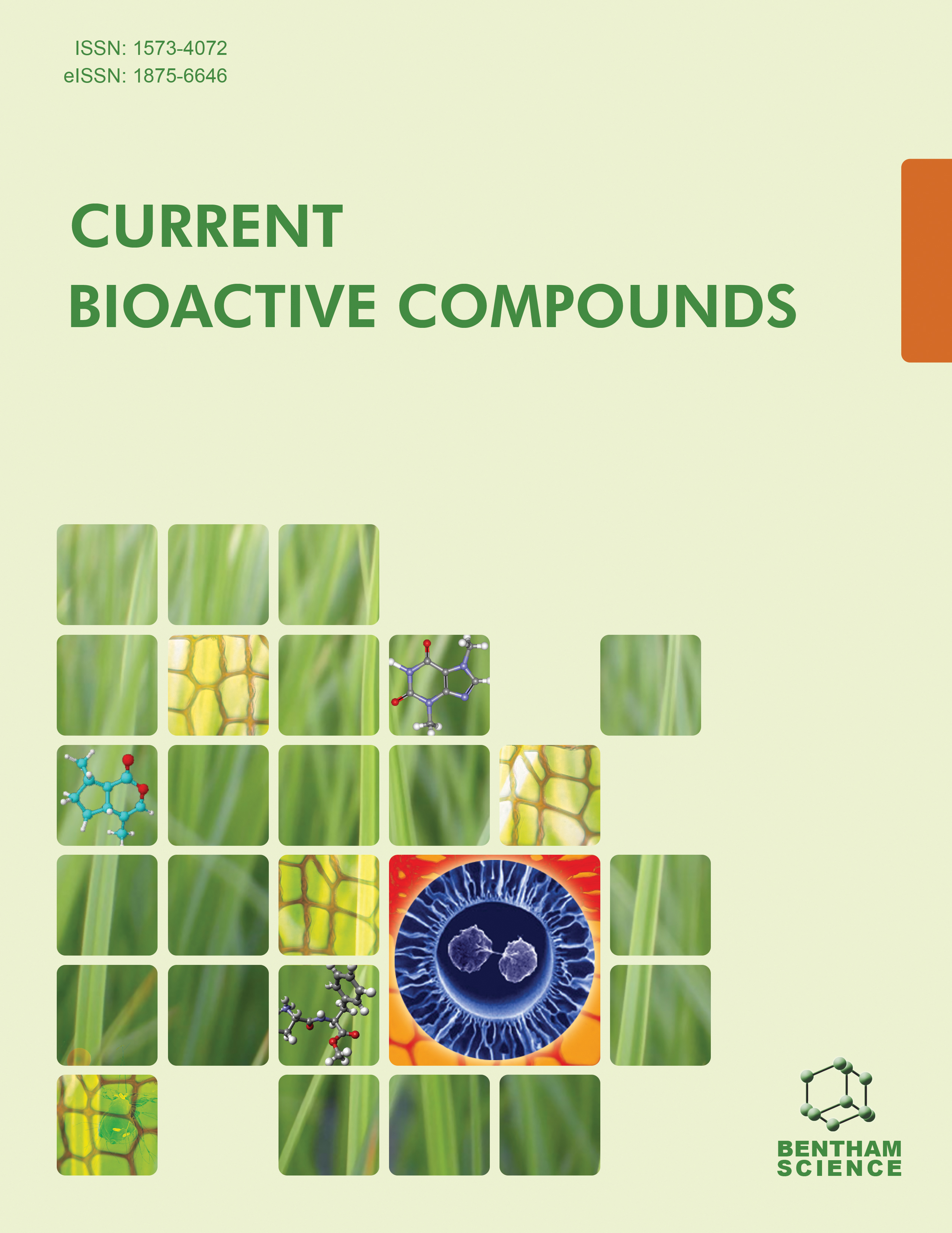
Full text loading...
Diabetic neuropathy (DN) is one of the prominent complications of diabetes, which can result in pain, impaired movement, and even amputation. There are different types of DN, which can cause pain in fatal situations. In addition to altering insulin signaling, hyperglycemia and dyslipidemia cause a number of pathological changes in vascular cells, glia, as well as in neurons that can cause nerve damage and, in the end, neuropathy. Diabetic neuropathy has a poor prognosis since it doesn't show symptoms for years after diabetes starts. Despite the abundance of medications on the market, pharmacological ineffectiveness and a wide spectrum of adverse effects restrict adherence. As a result, there is a growing need to find novel compounds that show promising effects in the management of severe pain disorders. The most promising sources of novel chemical entities with potential use in medicine continue to be plant-derived products. Those products influenced the various signaling pathways, including PI3K/AKT pathway, MAPK pathway, Oxidative stress, TNF-α signaling, cyclo-oxygenase (COX 2) pathway and other molecular pathways to act as novel therapeutics for diabetic neuropathy. Basically, this mechanistic approach is implemented to improve neuroprotective activity, especially phytoconstituents derived from bioactive compounds. As neurodegenerative diseases have a complicated pathogenesis, the medications that are available on the market only treat the symptoms. Therefore, it would be highly desirable to design pharmacophores for the management of DN, with bioactive substances that have strong neuroprotective effects, using a multi-target strategy.

Article metrics loading...

Full text loading...
References


Data & Media loading...

